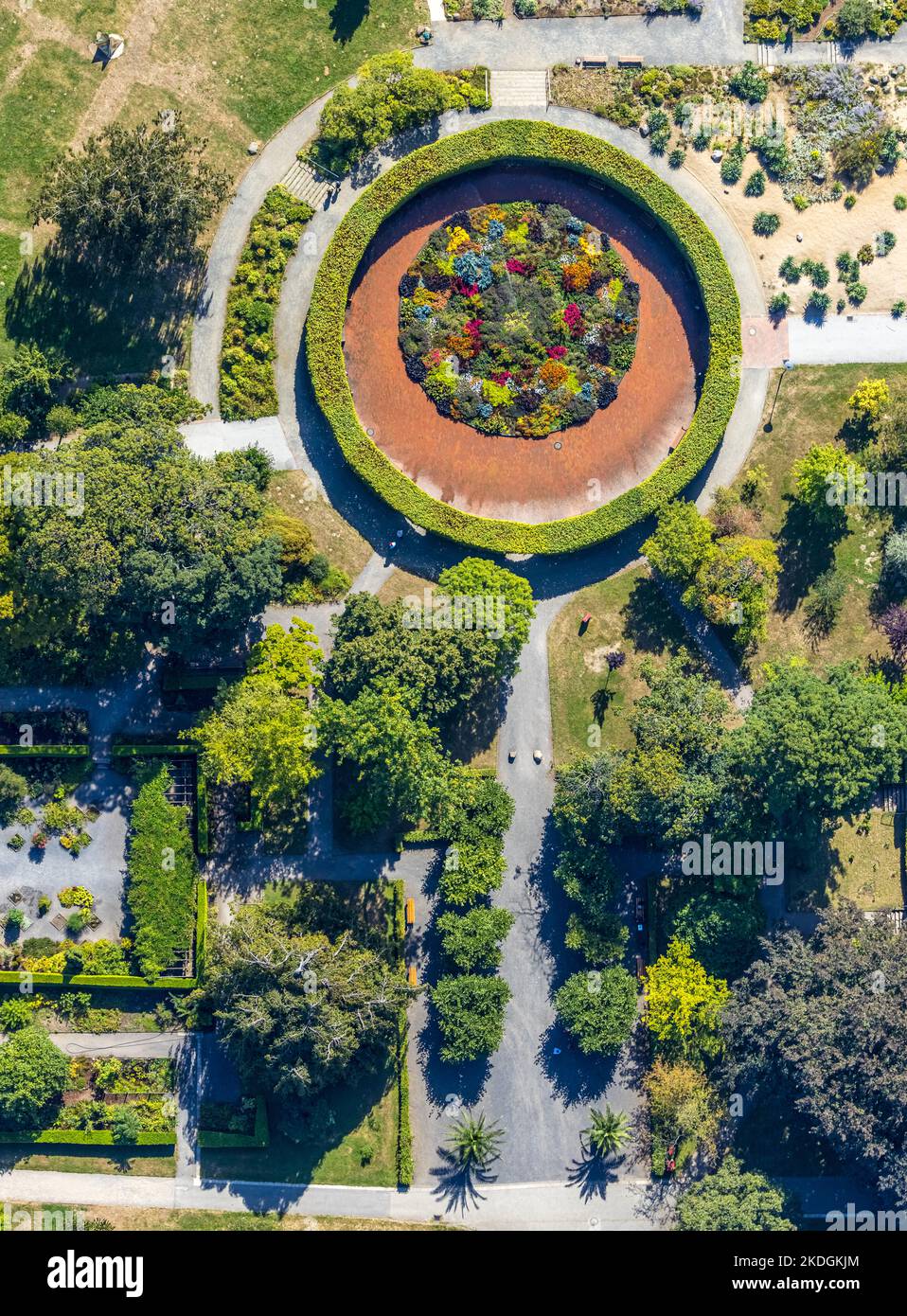Have you ever felt a bit lost when looking for something on your computer or phone, wondering where that specific way of seeing things went? It happens to many of us, really. We rely so much on how information shows up, whether it is for work, for learning, or just for fun. When that familiar look or arrangement seems to disappear, it can feel a little frustrating, can't it? So, knowing how to bring that perspective back, or even find a new one, is quite a useful skill, you know.
This idea of a "view" shows up in so many different parts of our digital daily lives. It is not just about looking at pictures. It could be about how your data is shaped, how a map appears, or even how your files are organized. Each type of "view" helps us make sense of information in its own special way. So, figuring out when and how you can get that particular perspective back is a pretty common question.
Today, we are going to look at different kinds of digital views. We will talk about how they work and, more importantly, how you can make sure they are there when you need them. From seeing your code data in a new arrangement to exploring places on Earth, we will go over ways to make sure your digital outlook is always available. It is about making sure you can always see what you need to see, actually.
Table of Contents
- Understanding Data Views: When Your Information Takes a New Shape
- Exploring Geographic Views: Getting Your Bearings on the Planet
- Managing Document and File Views: Accessing Your Digital Papers
- System and Code Views: Organizing Your Digital Workspace
- Frequently Asked Questions About Digital Views
Today, as we move through our digital lives, having the right way to look at information is more important than ever. So, let us explore how these different ways of seeing things work.
Understanding Data Views: When Your Information Takes a New Shape
In the world of data, a "view" often means looking at the same information but arranged in a different way. It is a bit like taking a collection of building blocks and putting them together to form a new structure. The blocks themselves are still the same, but how you see them has changed. This is very useful for working with large amounts of information, you know.
These kinds of views let you focus on specific parts of your data without changing the original information. It is a very efficient way to handle things. So, when someone asks, "when is the view back?" in this context, they often mean, "how do I get this particular arrangement or perspective on my data?"
Tensor Views in Programming: A Different Look at Data
In programming, especially when you are working with things like machine learning, you might hear about a "tensor view." This is a special kind of view, actually. A tensor method, so to speak, gives you back a tensor that shares the exact same data as the one you started with. This means it has the same number of individual pieces of information. However, the way these pieces are organized, their "shape," is completely different. This is very cool, in a way.
For example, you might have a long list of numbers, and a view could turn that list into a grid of numbers. The numbers themselves have not moved, but your way of looking at them has shifted. This is quite useful for different calculations or displays. So, the "view is back" as soon as you apply the method that creates this new shape. It is always there for you to call upon, more or less.
This approach helps programmers work with data very efficiently. They do not have to make copies of huge datasets just to change how they appear. They just create a different lens through which to observe the information. It is a pretty smart way to handle things, honestly.
SQL Views for Database Queries: Stored Questions, Ready Answers
When we talk about databases, a "view" is something a little different. Here, a view is a stored piece of SQL text. It is basically a saved question, a select query, that you can run whenever you want. This query, when you use it, gives you back a virtual table of data. This is very handy, you know.
The beauty of a SQL view is that it simplifies complex queries. Instead of writing the same long query over and over, you just call up the view. So, "when is the view back" in this case means, "when does my stored query return the information I want?" If your stored query is set up to show the column you need for filtering, then you can certainly filter with it. It is always there, waiting for you to ask for it, basically.
This is really good for keeping things neat and tidy in a database. It also means different people can look at the same data in specific ways without needing to know all the details of the original tables. It is a pretty powerful tool for data managers and users alike, in fact.
Exploring Geographic Views: Getting Your Bearings on the Planet
Our world is a big place, and digital maps help us see it in amazing ways. The idea of a "view" here means how you are looking at a location. It is about getting a clear picture of mountains, cities, or even places underwater. These tools let us explore the Earth from our computers, which is pretty neat.
When you want to know "when is the view back" in this context, you might be wondering how to get back to a specific spot you were looking at, or how to see how a place has changed over time. These mapping services have some great features for just that purpose, actually.
Google Earth and Its 3D Viewer: Seeing the World From Every Angle
Google Earth offers a fantastic 3D viewer that lets you explore the planet in a very detailed way. You can check out mountains, hills, famous spots, and even underwater scenery. It is a very immersive experience. You can zoom in and out to get closer or farther away. You can also tilt or rotate the view to look around from different angles. This really helps you get a feel for a place, you know.
So, "when is the view back" for Google Earth means getting that specific angle or zoom level you like. Current imagery shows up automatically when you open the application. If you want to go back to a place you visited, you can often use your history or saved places. It is always there for you to explore, more or less, as long as you have the application open.
This tool is pretty amazing for planning trips, learning about geography, or just satisfying your curiosity about faraway places. It gives you a perspective that is hard to get otherwise, honestly.
My Maps and Personal Perspectives: Your Own Custom Views
Google My Maps is a bit different from regular Google Earth. It is a place where you can create your own custom maps. You can add your own points of interest, draw lines, and share them with others. This means your "view" is something you have built yourself, which is pretty special. You can find tips and tutorials on using My Maps and other answers to frequently asked questions in their official help center. This is a good place to start, actually.
For My Maps, "when is the view back" means accessing your specific saved map project. You just need to log into your Google account with your username and password. If you have trouble, you can always learn how to recover your username or password. Once logged in, your custom maps are ready for you to open and see. They are always there, waiting for your return, basically.
This tool is great for planning personal trips, creating educational materials, or even mapping out local community projects. It gives you a personalized way to look at the world, in a way.
Historical Imagery on Google Earth: Looking Back in Time
Sometimes, you do not just want the current view; you want to see how things used to be. Google Earth has a very cool feature for this. You can discover how images have changed over time or view past versions of a map on a timeline. This is pretty fascinating, you know.
To get this "view back" in time, you open Google Earth on your device. Then, you look for the timeline feature, which usually lets you slide through different dates to see older satellite images. It is a way to literally bring a past view back to your screen. This is very helpful for researchers, urban planners, or just anyone curious about how places have developed over the years, really.
This feature shows how technology lets us revisit moments in time, giving us a deeper sense of place and change. It is a powerful way to see the evolution of our planet, actually.
Managing Document and File Views: Accessing Your Digital Papers
Our digital documents and files are things we look at every day. A "view" here means simply opening and seeing the contents of a file. Whether it is a text document, a spreadsheet, or a presentation, we need to be able to access and work with these things. So, knowing how to get that file "view back" is a basic but important skill, you know.
This section talks about how you can open, look at, and even create your digital documents. It is about making sure your digital papers are always within reach, more or less.
Google Drive File Access: Finding What You Stored
Google Drive is a popular place where many people store their files. To view a file, you simply go to drive.google.com. You then log into your Google account using your username and password. If you have trouble remembering these, you can always learn how to recover your username or password. Once you are in, your files are there, ready for you to open and see. It is a pretty straightforward process, actually.
So, "when is the view back" for your Drive files? It is back as soon as you successfully log in and navigate to the file you want to open. The system is designed to make your files readily available whenever you need them. It is all about quick and easy access, in a way.
This accessibility makes Google Drive a very useful tool for personal and work-related documents. It means your "view" of your files is almost always just a few clicks away, you know.
Google Docs and Sheets Perspectives: Working with Your Files
When you are working with tools like Google Docs or Google Sheets, the "view" is about more than just opening a file. It is about how you interact with it. You can create new documents or spreadsheets, look at existing ones, or download them to your device. There are even templates you can use to get started, which is very helpful, you know.
The learning center for using Google products, like Google Docs, at work or school, has many powerful tips, tutorials, and templates. These resources help you get the most out of your documents and spreadsheets. So, "when is the view back" here means having your document open and ready for editing or review. It is always available once you access it through your Google account, basically.
These tools help people collaborate and work on documents from anywhere. They ensure that your "view" of the document is always current and ready for action, in fact.
System and Code Views: Organizing Your Digital Workspace
Sometimes, the "view" we are looking for is about how our computer system is organized or how our code projects are structured. These are often less about visual exploration and more about understanding the underlying arrangement of files or development paths. Knowing how to get these system or code "views back" is important for managing your digital workspace, you know.
This section covers how you can see your file directories and how to check the different versions of your code projects. It is about making sure you have a clear picture of your system's setup and your development progress, actually.
Directory Tree Views for Files: Seeing Your Folders Clearly
If you are someone who works with many files, you might like to see your directories as a tree, showing how folders are nested within each other. In Linux/KDE, this is a common way to see things. However, if you are on Windows 7, you might wonder how to get that same kind of view. You might not mean Windows Explorer, which just shows the directories. You also want to see the individual files within them. This is a pretty specific need, you know.
So, "when is the view back" for a directory tree with files? It is back when you use a specific tool or command that can display this hierarchical structure. Windows Explorer, while useful, does not always give you that full tree view with files included. You might need to look for third-party tools or command-line options that offer this particular perspective. There are ways to achieve this, more or less, with the right approach.
Having a clear tree view can really help with file organization and finding what you need quickly. It is a way to get a complete picture of your file system, in a way.
Git Branch Views for Code Projects: Tracking Your Development Paths
For programmers, managing code versions is a big deal. If you have a Git repository, you often need to see all its branches. Branches are like different lines of development in your project. You might wonder if certain commands are supposed to show all the branches. And if they do not, like not showing the "master" branch, you might ask why. This is a common question for developers, actually.
So, "when is the view back" for all your Git branches? It is back when you use the correct Git commands that list every branch, including local and remote ones. Sometimes, a specific command might not show all branches if it is only looking at local ones, or if the "master" branch has been renamed in newer Git versions. You can try powerful tips and tutorials to make sure you are using the right commands to get that complete view of your project's development paths. It is all about knowing the right command to use, basically.
Seeing all your branches is really important for keeping track of changes and coordinating work in a team. It gives you a full picture of your code's history and future directions, you know. To learn more about version control systems on our site, and link to this page git-commands-explained.
Frequently Asked Questions About Digital Views
People often have similar questions when it comes to getting their digital "views" back or understanding how they work. Here are a few common ones, actually.
How can I see all settings for a program or system?
Many programs and operating systems have a "settings" or "preferences" menu. You usually find this by looking for a gear icon, a menu button, or by checking the "File" or "Edit" options in the top bar. Once you open it, you will typically see a list or categories of all the available settings. It is usually a straightforward path to getting that complete view of how things are configured, you know.
Why might a database view not show the data I expect?
If a database view is not showing the data you expect, it often means the underlying SQL query needs a check. The view is just a stored query, so if the data in the tables it pulls from has changed, or if the query itself has a mistake, the view will reflect that. You might need to look at the query text itself to figure out what is going on. It is a bit like checking the recipe if your dish does not taste right, really.
Can I recover a specific Google Earth view if I did not save it?
If you did not explicitly save a specific view in Google Earth, getting that exact perspective back can be a bit tricky. However, Google Earth often keeps a history of places you have visited. You can check your "Places" or "History" panel within the application to see if the location is listed there. You might be able to find it again, more or less, by going through your recent activity. It is worth a try, anyway.
Knowing how to access and manage these various digital perspectives is pretty useful in our tech-filled world. So, keep exploring and learning, you know.
For more general information on how search engines like Google display content, you might find it helpful to look at resources on how Google Search works.



